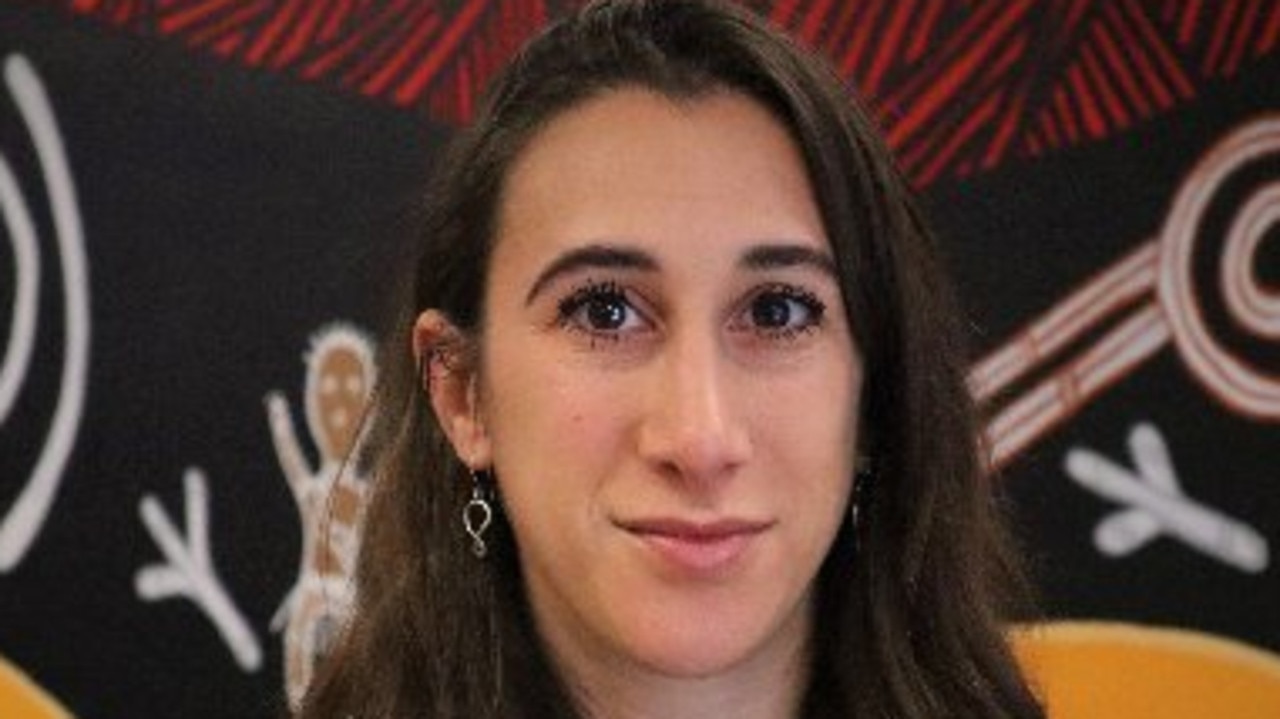Context illuminates: It’s more appropriate to talk of Arthur Phillip’s British ‘intrusion’
European settlement of Australia was not invasion but part of a global phenomenon of mass migration.
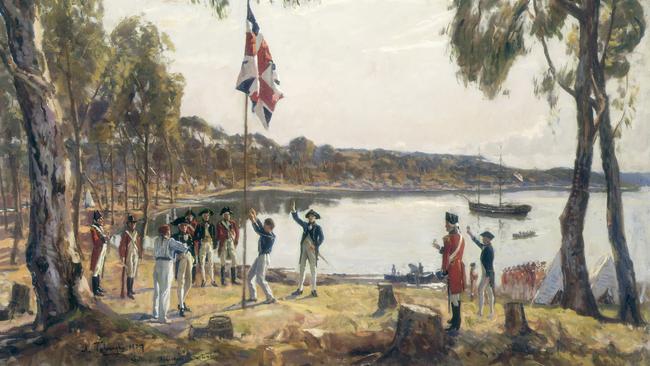
Did Admiral Arthur Phillip spearhead the invasion of Aboriginal Australia? Before I train our eyes on that question, let me set it in global historical context.
The migration of peoples and the domination and displacement of others is a universal phenomenon. Maybe peoples do sometime move and expand just because they fancy lording it over others – just because they are propelled by the libido dominandi, as St Augustine thought of the Romans.
But usually they move in search of the means of subsistence, to escape famine or poverty or persecution, to repopulate after decimation by disease, to pre-empt neighbours from attacking them.

They did it in the past and they still do it today. Today, migrants often come up against well-defended borders supported by strong states. But, even now, strong states struggle to control mass immigration: technologically advanced and wealthy states such as Australia and Britain have both been wrestling in recent years with relatively small-scale invasions of illegal migrants.
In the past, states were far, far weaker and some peoples lacked anything meriting the title of state at all, so their borders were vulnerable, porous and sometimes so feeble as to be invisible to strangers.
In the current controversy about colonialism the focus lies exclusively on European migration and expansion in the late 18th and 19th centuries. But let us be clear: Europeans were late into the game and they were not alone.
In the 1630s and ’40s the Iroquois in North America expanded northward from the southern shores of the Great Lakes, displacing the Huron, who then moved westward, displacing other native peoples in their turn. While they adopted female and juvenile captives, they tortured, killed and ate male ones. In the 1700s the Comanche overwhelmed the Apache in southwestern North America and established what even one sympathetic historian calls “a vast slave economy”.
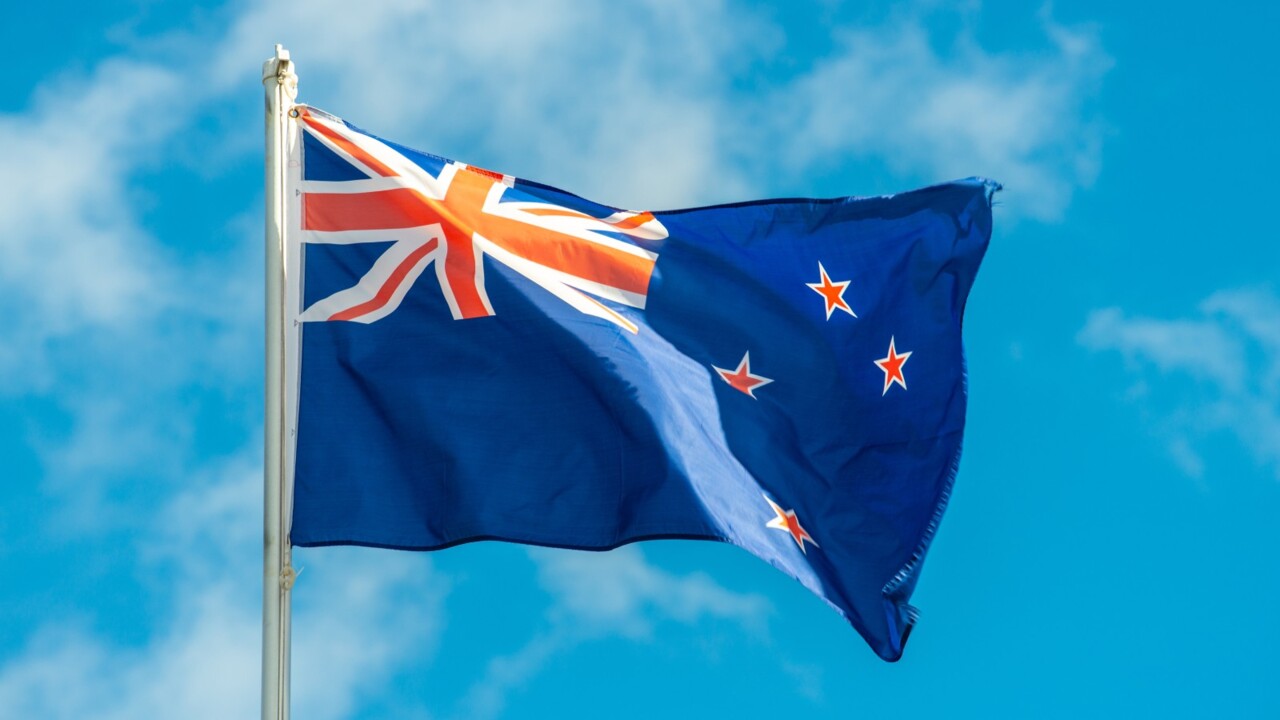
In the early 1800s the militarised Zulu kingdom invaded westward, conducting at least one war of extermination and scattering other African peoples to three of the four winds in what is referred to as the “Mfecane” or “crushing”. When the Maori invaded the Chatham Islands in 1835, they killed about 10 per cent of the Moriori and enslaved the rest. Aboriginal Australians, who comprised different peoples vying with one another for resources in a harsh environment, too, invaded, killed and displaced one another.
For sure, the mass migration of Britons was on a much larger scale. In the 18th century about 500,000 people emigrated from the British Isles, mostly to North America. From 1815 to 1924 the number rocketed to 25 million, more often destined to Australia. And, as historian James Belich has written, they “were not ogres. They were whining bundles of hopes and fears just like us.” Moreover, during this period, mass migration was a global phenomenon, involving about 35 million continental Europeans, seven million Russians and (from 1846 to 1940) 50 million Chinese and 30 million Indians.
So, this is the context in which we should consider what Phillip was doing in 1788: the universal phenomenon of mass migration and expansion, undertaken by people of every skin colour, in which some overwhelmed and displaced others, often slaughtering and enslaving them.

Phillip seems to have been an admirable human being, extraordinarily humane for his time. If we are to believe the viceroy of Brazil, the Marquis of Lavradio, Phillip stood out from most of his fellow countrymen by his reasonable and self-restrained manner.
He was a convinced opponent of slavery which, from the beginning, he insisted be banned from the colony he was to govern. He was consistently careful of the welfare of those in his charge, be they seamen or convicts. He was socially and racially egalitarian, allowing Aboriginal people to enter his house at will and sharing his meals with them. And he was sufficiently curious about other worlds to have invested time making himself fluent in French and Portuguese.
Exactly what Phillip was charged with doing in Australia, when he got there, remains a matter of dispute among historians. Certainly, the establishment of a colony of convicts aiming at their reform and rehabilitation, perhaps into farming. But, claims historian Alan Frost, also the creation of a strategic naval base from which to secure naval supplies of pine and flax and to extend trade.
Like most human endeavours, the mission of the First Fleet was probably propelled by several motives, weighing differently with different policymakers. The setting up of a penal colony was the only explicit one, but the naval ones may have been initially tacit and conditional, growing louder and firmer after the beginning of the long war with revolutionary, and then Napoleonic, France in 1792.
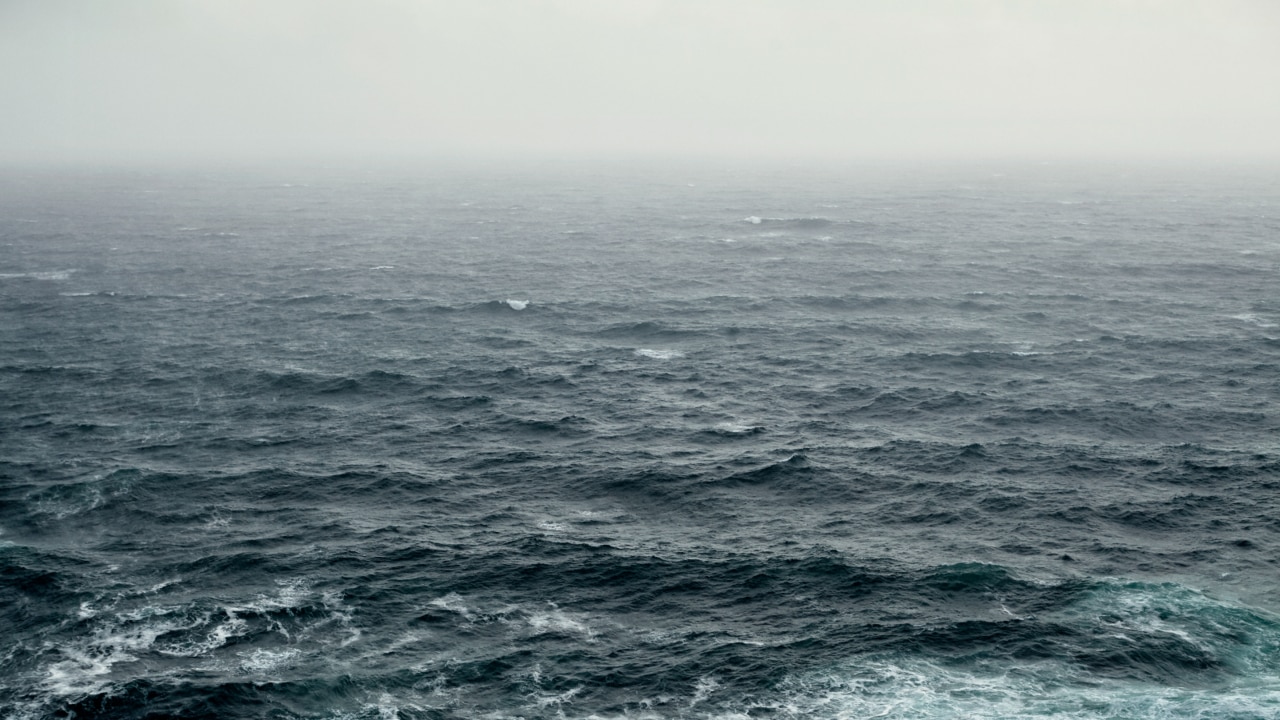
Once he had set foot in Sydney Cove, Phillip sought to conciliate the Aboriginal people he found there. He strove to avoid conflict by trying to keep the white convicts, sailors and soldiers away from the natives; by declaring the life of a native equal to that of a white man under the law; by punishing white abusers; and by refusing to retaliate even when he himself was speared. And when the natives were struck down by life-threatening disease, he offered them medical treatment.
When conflict did break out, he was inclined to give them benefit of doubt. And when he eventually authorised a limited punitive expedition in late 1790, he did so for deterrent effect, specifically ordering the capture or killing of six natives and the destruction of their weapons. By 1791 a trade in fish between newcomer and native had been established and by the end of 1792, when Phillip set sail back to England, relations between Briton and Aborigine were generally friendly within the Sydney region, although still tense on the frontier.
During this period, the deadliest invasive factor was the introduction of a virulent novel disease to which Aboriginal people were not immune. There is some uncertainty as to what this was, but smallpox is the usual suspect.
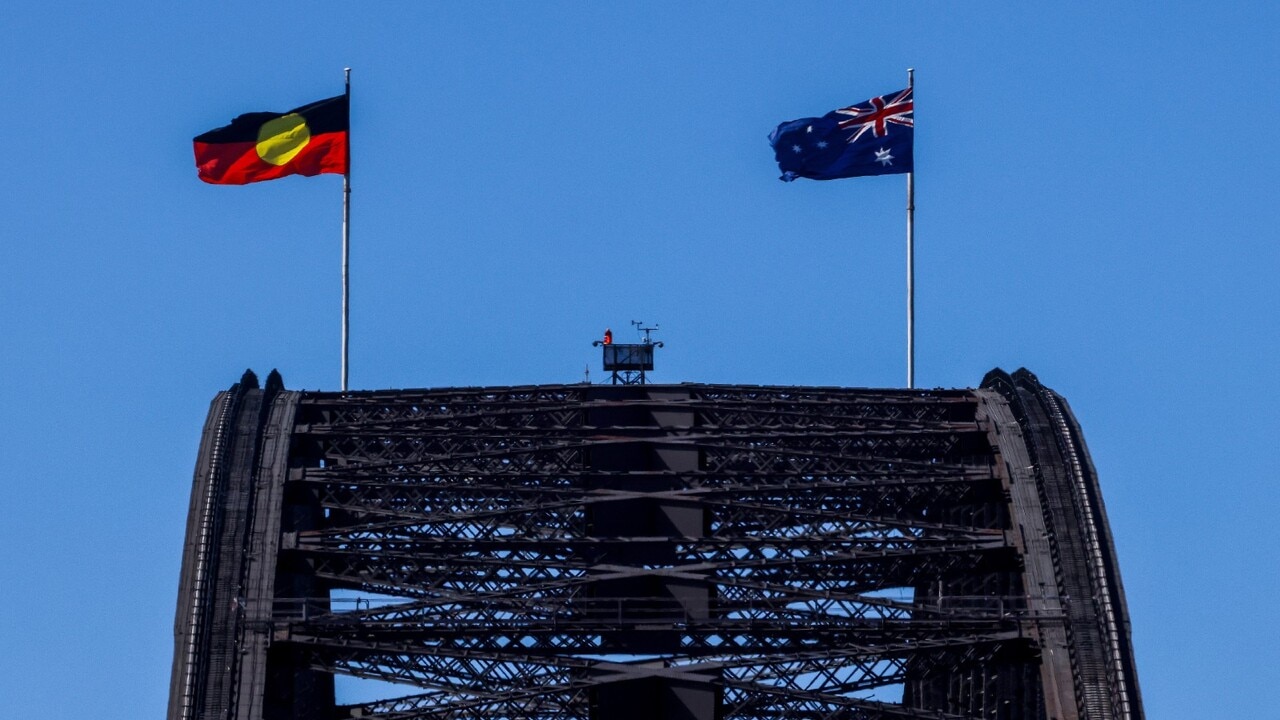
In 2002 Judy Campbell published a book that was well received, Invisible Invaders: Smallpox and Other Diseases in Aboriginal Australia, 1780-1880, in which she made a meticulous argument in favour of an Indonesian source. No one quarrels with her claim that smallpox was introduced into northern and northwestern Australia in the 19th century by Indonesian fishermen from Makassar on south Sulawesi.
It seems, however, implausible that smallpox could have been communicated from northern to southeastern Australia in 1789, given the sparsity of Aboriginal communities and the time taken to travel between them. The truth is that we really do not know what caused the epidemic that struck Sydney Cove in 1789. What we do know is that it baffled and distressed British observers at the time and that Governor Phillip and his close colleagues did everything they could to relieve the Aboriginal people of its effects. If the British did introduce the disease, they did so inadvertently, as far as we can tell. That makes them responsible but not culpable. They can no more be blamed than the merchants who unintentionally brought bubonic plague to Europe in the 14th century. As in North America, so in Australia: the transmission of devastating disease was a tragedy, not an atrocity.
Putting aside invasion by disease, what about the invasion of land? The establishment of a colony at Sydney did involve the occupation of territory that Aboriginal Australians had been accustomed to using, and there is no evidence that Phillip sought to negotiate with them about transferring its use.
That is odd, since it was usual practice by the imperial British in the 17th and 18th centuries to occupy land in North America and Africa with the consent of the indigenous people, as the authorities had enjoined Captain James Cook to do in Australasia in 1768 and as they sought to do in Gambia in 1784 and Nootka Sound in 1790.
So why did not Phillip negotiate the settlement at Sydney, especially since he was manifestly keen to conciliate the Aboriginal people and showed himself extraordinarily solicitous of them?
He did not have the excuse of being misled by Cook’s reports about the paucity of natives, because he did not believe them, and by July 1788 it was clear that the Aboriginal people were populous and not confined to the coast. We can only speculate that to him, as to all his fellow countrymen, the land they settled on appeared vacant because it lacked the usual signs of occupation – buildings, cultivation and visible boundary markers. When it did become clear that the British and the natives were competing for food, Phillip ordered his men to share their catches of fish with the natives.
At some point after Phillip had returned to England, it must have become clear to the British that the land they were settling was already occupied, in the sense that native people were used to hunt and forage on it. So why were the customary treaties not made? The usual answer, which seems plausible, is that it was not clear with whom to make them. Unlike native peoples of North America, Africa and New Zealand, the Aboriginal people of Australia were divided into numerous groups, often small in size and lacking a political hierarchy.
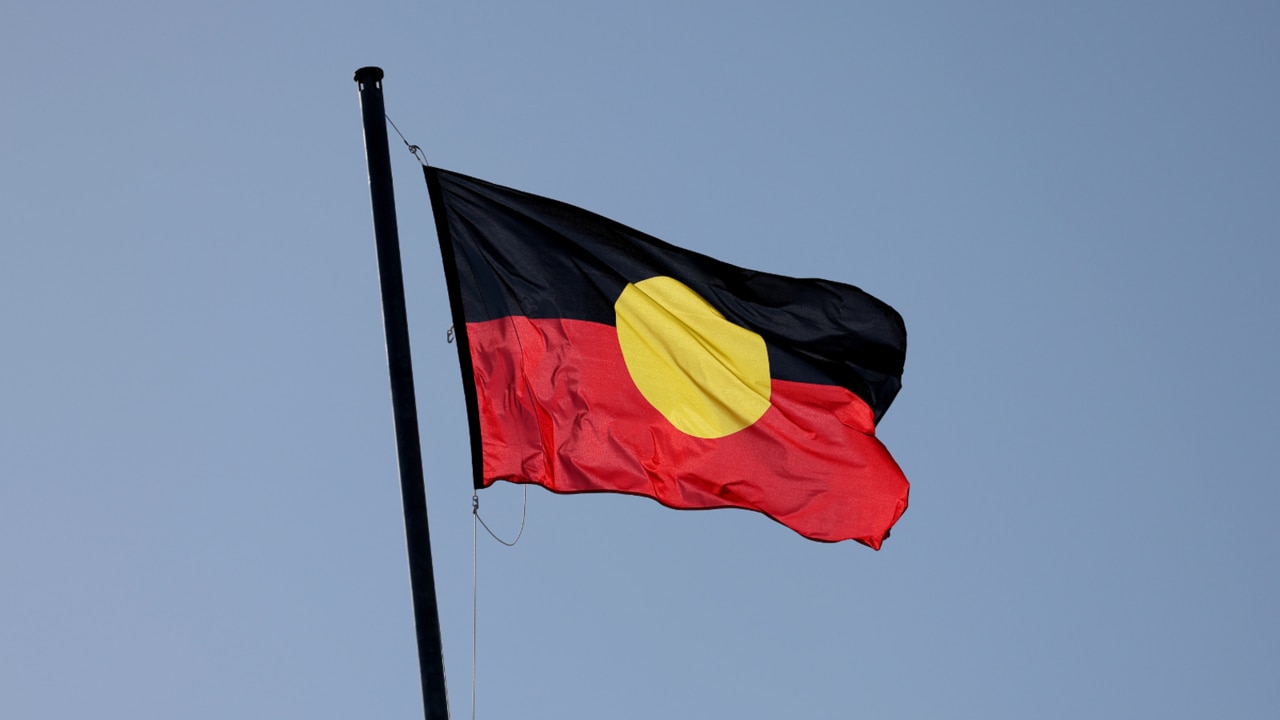
Nevertheless, it is sometimes asserted that, once the British had realised that Australia was not generally vacant and that they were competing with the natives for land as a source of food, they should have abandoned colonisation altogether. Tom Lawson, for example, writes of Tasmania that, while British officials “disavowed, and indeed even regretted, the exterminatory impacts of their presence, yet they never faltered, never sought to roll back colonial development”. So why did they not roll it back, both there and in NSW?
One conceivable reason is that there had been relatively little violence between settlers and Aboriginal people for the first two decades of the colony’s life, and by the time it became clear that the British presence posed an existential threat to the natives, it was too late to stop and reverse. After all, that had been attempted in North America only a few decades before, with disastrous results.
In 1763, at the end of the French and Indian Wars, the imperial British had promised Native Americans that they would stop settlers invading native lands to the west of the colonies on the eastern seaboard. To that end, they had stationed 10,000 redcoats along the Appalachian Mountains, much to the indignant frustration of land-hungry colonists and land speculators such as George Washington. As much as “taxation without representation”, this constraint on settlers’ ambitions was a main cause of the American Revolution, in the course of which Britain lost all control over its American colonies.
To have tried to stop and reverse the colonisation of Australia in the 1820s would probably have required London to fight a second (smaller) war against settlers, this time not just on the other side of the Atlantic but on the far side of the world. Given the shadow of the American Revolutionary War, I think British officials can be forgiven for not trying it.
Besides, even if the British had succeeded in vacating Australia, the vacuum would probably have been filled by the French. But if not by them, over time by the Maori or even the Chinese. In 1790 the remains of Maori canoes were found on Norfolk Island, halfway from Auckland to Sydney. And in 1879 evidence of Chinese exploration was discovered near Darwin.

Sooner or later, technologically and politically more powerful outsiders were going to intrude on the world of Australia’s Aboriginal people. And, given the cultural gap, the impact was bound to be shocking. The only open question was the degree of its brutality.
In fact, as far as I know, no one in London or Australia did contemplate stopping or reversing colonisation. The obvious reason they did not do so was their confident belief in the possibility of human progress.
The 1830s and ’40s lay in the middle of what has been called the “Age of Improvement”. Medical science had invented the first vaccine against smallpox, engineering had produced ocean-going steamships and a boom in the building of railways, and Christian humanitarianism had not only abolished slavery within the British Empire but was engaged in securing legislation to protect the welfare of industrial workers at home.
Colonial Office officials in London and colonial governors in Australia genuinely believed that inducting native peoples into progressive British civilisation would improve their lives. That is why annihilation and apartheid were never British imperial policy. That policy was assimilation, which assumed basic human equality and potential, regardless of race and the level of cultural development. (And, no, assimilation did not always involve the obliteration of native culture: missionaries in Canada and Australia could be found encouraging children to acquire English while retaining their native tongues.)
Early evidence of the imperial policy of adaptive assimilation in Australia was, of course, Lachlan Macquarie’s Native Institution at Parramatta. Then there was the granting of the vote to natives in NSW and Victoria in the 1850s – as in Cape Colony in 1853, New Zealand in 1867 and eastern Canada in 1885. For sure, the road to full equality and inclusion has not been straight, and “progress” has had its downsides, sometimes brutal.
But no culture, I think, has a moral right to be preserved in aspic, immune from change. Cultural adaptation, sometimes unwelcome, is a normal part of human life.
What is more, the 19th-century progressives were not all wrong. After all, today’s descendants of the Aboriginal people of the early 19th century – even the 20 per cent who languish in remote communities – now have the privilege of living in one of the most prosperous and liberal countries on earth.
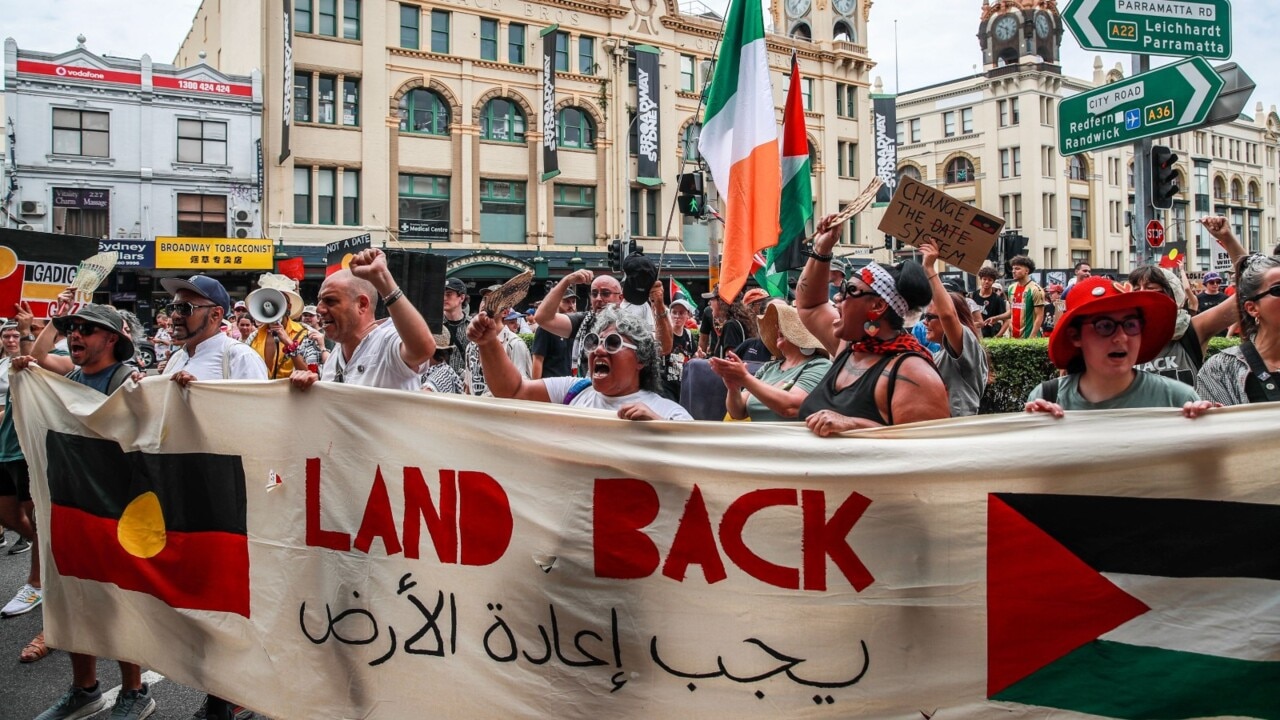
So, did Phillip lead the “invasion” of Aboriginal Australia? If we are going to say so, we must also admit that his invasion was altogether more humane and liberal than those of the Iroquois, the Comanche, the Zulu and the Maori.
But we probably should not say so, since the word invasion misleads more than it illuminates. It connotes an intentional aggressiveness that was entirely lacking in 1788. It would be more appropriate to talk of an “intrusion”.
But intrusion, one way or another, sooner or later, was coming to Aboriginal Australia. And Phillip’s was about the most fortunate the natives could have expected.
Nigel Biggar is Regius professor emeritus of moral theology at the University of Oxford and author of Colonialism: A Moral Reckoning (2023, 2024). This is a version of his address in commemoration of the birth of Admiral Arthur Phillip, given in London on October 14.
Professor Biggar is visiting Australia as a guest of Quadrant Magazine and speaking in Sydney, Melbourne, Brisbane and Hobart. Tickets at Eventbrite. Details at quadrant.org.au





